This strategic decisive battle marked a brilliant development of the art of people's war in modern conditions. Especially the art of conducting war in the final stage, the art of organizing and directing the implementation of key decisive battles, leading the resistance to total victory.
Going back in history to May 8, 1954, in a letter praising the soldiers, laborers, youth volunteers and people of the Northwest for their glorious victory at Dien Bien Phu, President Ho Chi Minh wrote: “Although the victory is great, it is only the beginning. We should not be arrogant because of victory, nor should we be subjective and underestimate the enemy. We are determined to fight to regain independence, unity, democracy and peace”. Later, when returning from the Northwest to Viet Bac, General Vo Nguyen Giap came to report to Uncle Ho, he said: “Our people must continue to fight the Americans”.
His genius prediction came true when the US ousted France, embarked on a “dirty war”, and invaded Vietnam. In a published work, B. Murti - an Indian diplomat , a member of the International Supervision Commission for the implementation of the Geneva Agreement wrote: “It was the Americans who exerted influence and provided dollar aid to help Diem divide and defeat the sects. It was also the Americans who pushed France out of South Vietnam and created all favorable conditions for Diem. The promise of abundant dollar aid from the US had a great influence on the old post-colonial politics in Saigon, paving the way for Ngo Dinh Diem to win the presidency in South Vietnam”...
 |
| The 17th parallel at Hien Luong bridge over Ben Hai river. Photo: Archive |
By turning the 17th parallel into a “bulwark” against Hanoi , the Americans echoed the French attempt to separate Cochinchina from Vietnam in 1946. But like the French, the Americans encountered fierce resistance and suffered heavy defeats.
Unable to avoid the continuing historical confrontation, the Vietnamese people once again united to overcome all difficulties, entering the long-term resistance war with a steadfast belief. From the Dien Bien Phu Spring in 1954, to the Ho Chi Minh City Spring in 1975, the Vietnamese people defeated the American invaders on the great southern front, gaining independence and unification for the Fatherland.
The strategic battle of Spring 1975 marked a new brilliant development of the art of people's war in modern conditions. Especially the art of war management in the final stage, the art of organizing and directing the implementation of key decisive battles, leading the resistance to complete victory. Among the subjective factors leading to victory, we must mention the strategic military agencies of the General Headquarters. For dozens of days and nights, from the leaders to the cadres and employees, everyone worked tirelessly, serving the Supreme Commander in leading and directing the battlefields and the rear to fight for victory.
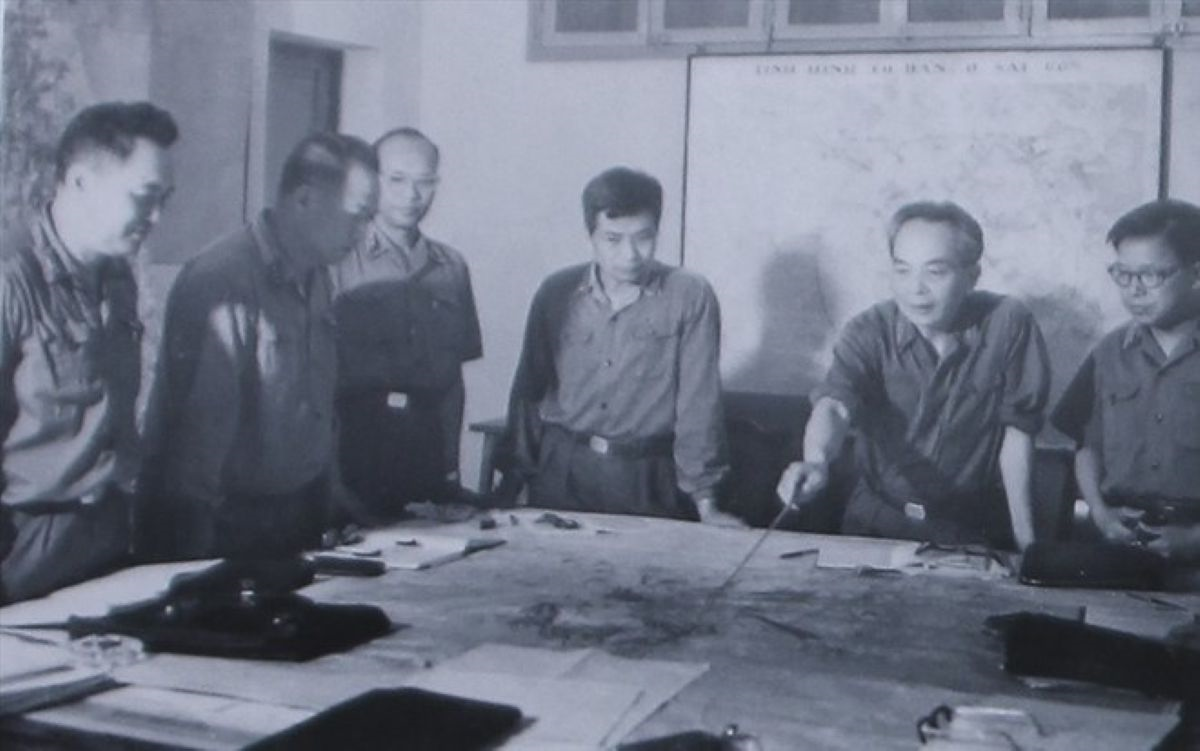 |
| General Vo Nguyen Giap and key officials discussed combat plans at the General Headquarters. Photo: Archive |
Lieutenant General Le Huu Duc (1925-2018), Director of the Operations Department, General Staff during the 1975 Spring General Offensive and Uprising, once said: "In the last days of March and the beginning of April 1975, although the situation was very tense, an atmosphere of excitement and enthusiasm for work covered everyone at the General Headquarters. Anh Van (General Vo Nguyen Giap) stayed at the General Headquarters without going home, even though the two places were only a few hundred meters apart. In his office, the civil service comrades added a small bed. In addition to the maps hanging on the wall, he also placed a military map of the South right under the large glass panel on the table for easy viewing."
The meeting of the Politburo and the Central Military Commission on March 24, 1975 determined that the situation and strength of us and the enemy had changed completely. We must fight quickly, win quickly, and think about attacking Saigon from now on, closely combining offensives and uprisings, and making a strategic leap forward. The Politburo affirmed: Our strategic general offensive had begun with the Central Highlands Campaign. The new strategic opportunity had come. Resolution: Grasp the strategic opportunity, seize the maximum time, concentrate the efforts of the whole country, concentrate the fastest forces, weapons, techniques and materials on the main direction, act quickly, boldly and suddenly to attack the enemy without time to react, and liberate Saigon before the rainy season.
Implementing the Politburo's determination, the Central Military Commission met and assigned tasks to cadres to go to the battlefield, directing agencies and units to quickly concentrate forces, equip... and quickly march to "rush" to the battlefield. From the General Headquarters, meetings took place continuously. From the offices, the lights were on all night. The General Headquarters agencies were "always on their toes, always on their toes, urgent and excited".
“The great victory, like a chain reaction, quickly spread, weakening the puppet army and government apparatus from the central to the grassroots level. The time problem at this time did not stop at the answer calculated in months, but had to be calculated in days. The people's war situation, with forces deployed on the spot on each battlefield, each area, clearly demonstrated our army's ability to proactively attack, even faster than the "helicopter transport" and "air bridge" of the US. The enemy was attacked, surrounded and divided everywhere. Our comprehensive strategy combined armed struggle, political struggle and military agitation, stretching the enemy to destroy and disintegrate" - Major General Nguyen Dong Thoai (1933 - 2019), former Deputy Director of the Department of Operations, General Staff, recalled.
Assigned to the Operations Department as Operations Assistant right at the final stage of the resistance war against the US, comrade Nguyen Dong Thoai was fortunate to attend many meetings at the Dragon House at the General Headquarters. He said that in the last days of April 1975, one of the hardest working departments in the General Headquarters was the secret service and information officers and soldiers. All reports from the battlefield and orders and directives from the Politburo and the Military Commission to the troops had to go through here. Incoming and outgoing telegrams were always accompanied by the words: "Translate immediately", "express", "priority 1". The symbols "Tk" (urgent) were pushed back. There were no longer 10-hour working days but often 14, 18 hours and on duty 24/24 hours.
In his memoirs, the General also wrote: “In Hanoi, the General Command offices were on duty 24/7. Deputy Chiefs of the General Staff Hoang Van Thai and Cao Van Khanh and I were on duty at the Command Headquarters. The brothers and sisters, information and cryptography staff took turns working day and night. Meals were delivered to the place”...
Reality proves that the victory of the war is the result of the great sacrifices and efforts of the entire nation in the fierce and long-term struggle of intelligence and strength between us and the enemy, of the leadership, direction, management and command at the macro level combined with the specific combat and struggle activities of each battlefield and each unit, not just a single battlefield or a single unit. In which the Politburo, the Central Military Commission and the strategic staff agencies play a particularly important role.
In the spring of 1975, the Supreme Command demonstrated its strategic talent, understanding the enemy and itself, and comprehensively commanding the war on a national scale. All instructions and orders were urgent, flexible, cautious, and certain to win. All campaigns took place according to a unified plan of the General Command, with coordination in both plans and campaign situations, creating premises for each other and together creating conditions for forming the final strategic decisive blow...
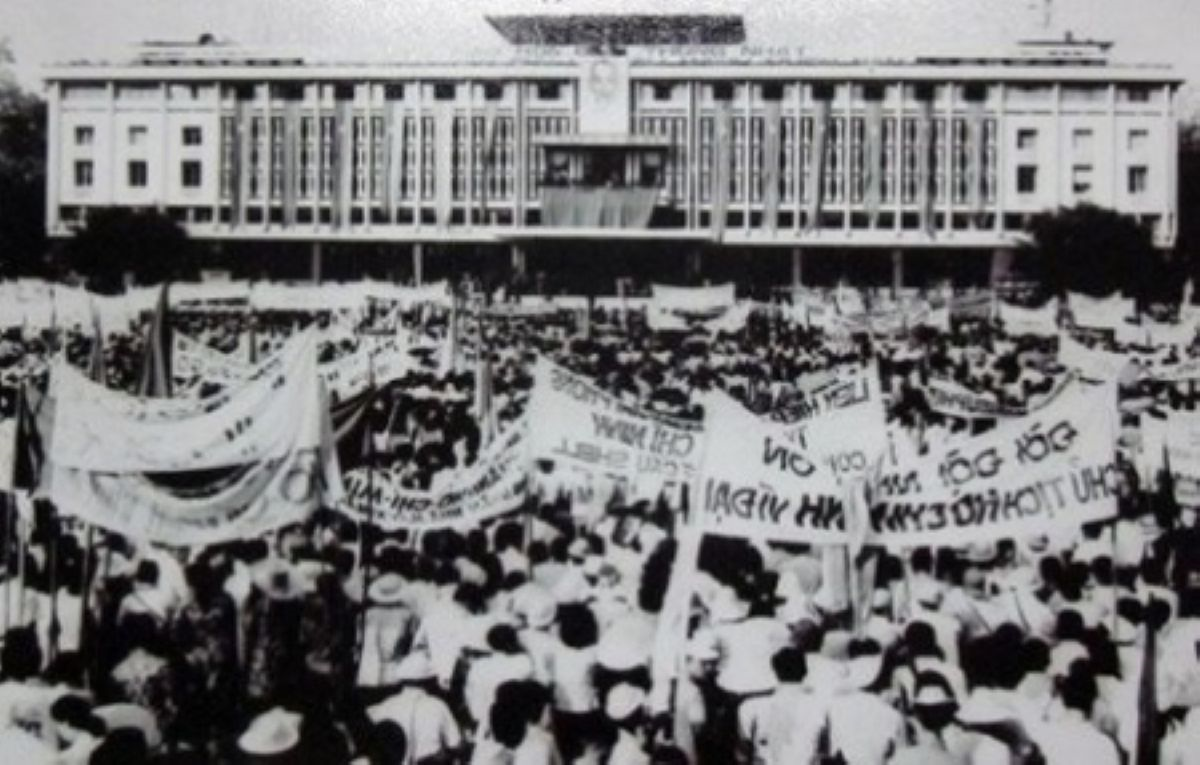 |
| Saigon people celebrate victory day April 30, 1975. Photo: Archive |
During the 21-year resistance war against the US, the 1975 Spring General Offensive and Uprising was a typical success of Vietnam's military doctrine with the victory day of April 30, 1975 going down in national history. Based on the rapid developments of the enemy and our situation on the battlefield, the Supreme Command made timely decisions when new opportunities arose, shifting the basic plan to liberate the South from the initial two to three years to the opportunistic plan, shortening it to one year and then deciding to end it before the rainy season in less than two months, achieving complete and total victory.
Lieutenant Colonel, Master NGUYEN QUANG THINH, Faculty of Marxism-Leninism Theory - Ho Chi Minh Thought, Army Officer School 1.
Source: https://www.qdnd.vn/50-nam-dai-thang-mua-xuan-1975/cuoc-tong-tien-cong-va-noi-day-mua-xuan-nam-1975-moc-son-lich-su-khang-dinh-nghe-thuat-quan-su-viet-nam-821834


![[Photo] National conference to disseminate and implement Resolution No. 66-NQ/TW and Resolution No. 68-NQ/TW of the Politburo](https://vphoto.vietnam.vn/thumb/1200x675/vietnam/resource/IMAGE/2025/5/18/adf666b9303a4213998b395b05234b6a)
![[Photo] Prime Minister Pham Minh Chinh chairs meeting on science and technology development](https://vphoto.vietnam.vn/thumb/1200x675/vietnam/resource/IMAGE/2025/5/17/ae80dd74c384439789b12013c738a045)


![[Photo] More than 17,000 candidates participate in the 2025 SPT Competency Assessment Test of Hanoi National University of Education](https://vphoto.vietnam.vn/thumb/1200x675/vietnam/resource/IMAGE/2025/5/17/e538d9a1636c407cbb211b314e6303fd)

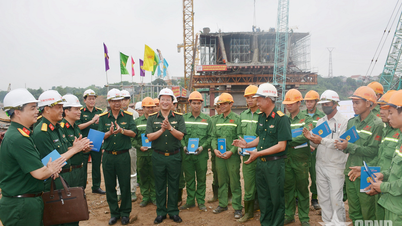
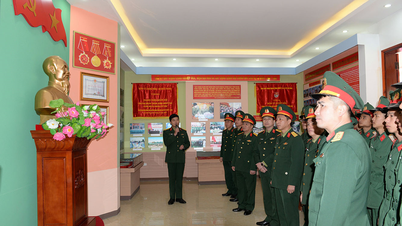
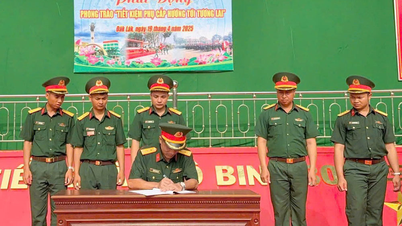
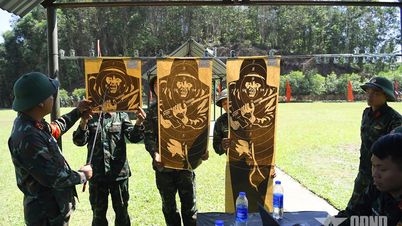
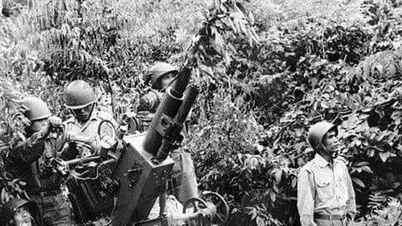
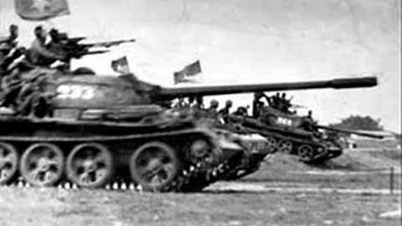




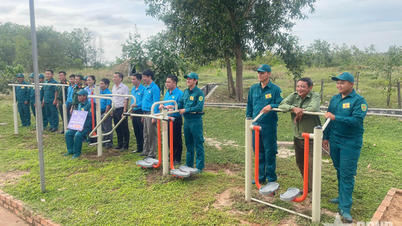

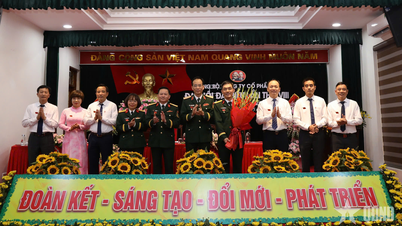

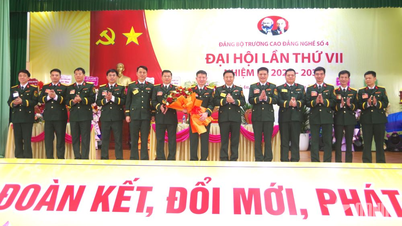
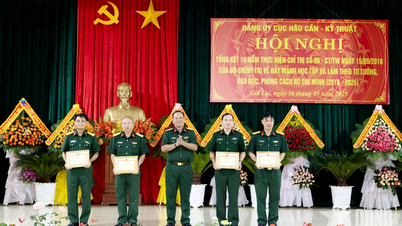
![[Photo] Readers line up to visit the photo exhibition and receive a special publication commemorating the 135th birthday of President Ho Chi Minh at Nhan Dan Newspaper](https://vphoto.vietnam.vn/thumb/1200x675/vietnam/resource/IMAGE/2025/5/17/85b3197fc6bd43e6a9ee4db15101005b)



























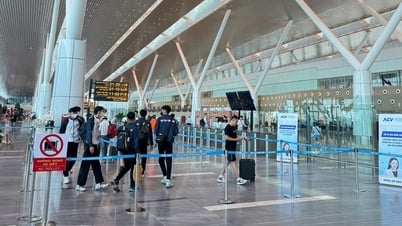






















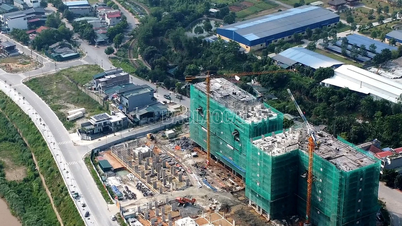



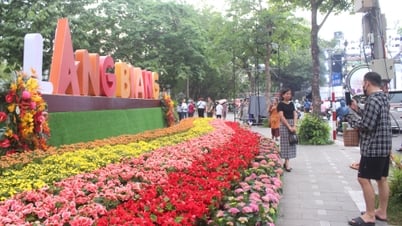

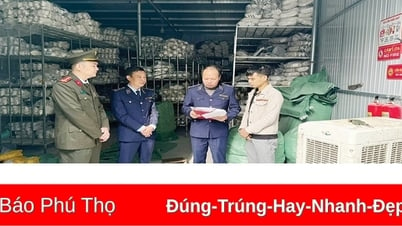

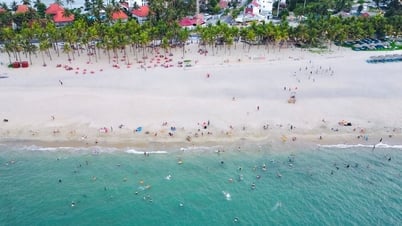

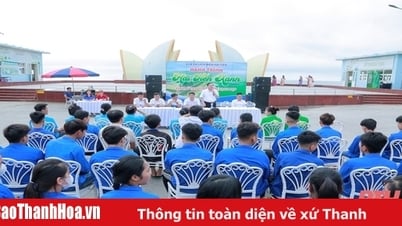











Comment (0)